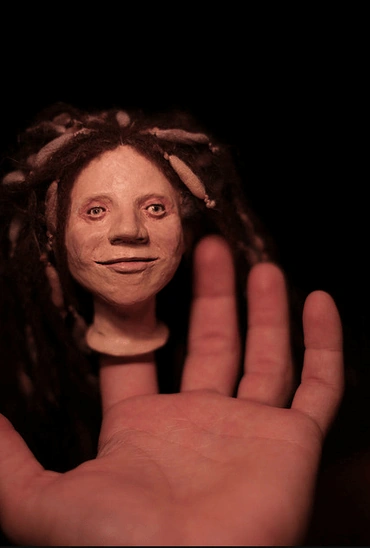Bislang enthält diese Übersetzung Passagen bis #325. Sie ist wahrscheinlich noch in Arbeit. Wenn Sie auf den Pfeil nach links klicken, finden Sie die letzte Nummer, die übersetzt wurde.
Face

“The eyes are the windows of the soul.” That's a sentiment with roots somewhere in murky antiquity, but one that has become hopelessly cliché because it is both poetic and obviously true. We feel that if we can look in someone's eyes, we can truly know what they are inside. And it's not just the eyes; really it is the face as a whole that conveys this. As Swedenborg puts it, the face is “man's spiritual world presented in his natural world” (Heaven and Hell, No. 91). Our faces reveal our interior thoughts and feelings in myriad ways, which is why psychologists, poker players and criminal investigators spend so much time studying them. It makes sense, then, that people's faces in the Bible represent their interiors, the thoughts, loves and desires they hold most deeply. We turn our faces to the ground to show humility when we bow in worship; we turn them to the mountains when seeking inspiration; we turn them toward our enemies when we are ready to battle temptation. When things are hard, we need to “face facts,” or accept them internally. When the topic is the Lord's face, it represents the Lord's interiors, which are perfect love and perfect mercy. And when people turn away from the Lord and refuse his love, it is described as the Lord “hiding his face.”
(Verweise: Heaven and Hell 91)
Heaven and Hell #91
91. From the human face it can be seen what correspondence is. In a face that has not been taught to dissemble, all the affections of the mind present themselves to view in a natural form, as in their type. This is why the face is called the index of the mind; that is, it is man's spiritual world presented in his natural world. So, too, what pertains to the understanding is presented in speech, and what pertains to the will is presented in the movements of the body. So whatever effects are produced in the body, whether in the face, in speech, or in bodily movements, are called correspondences.






